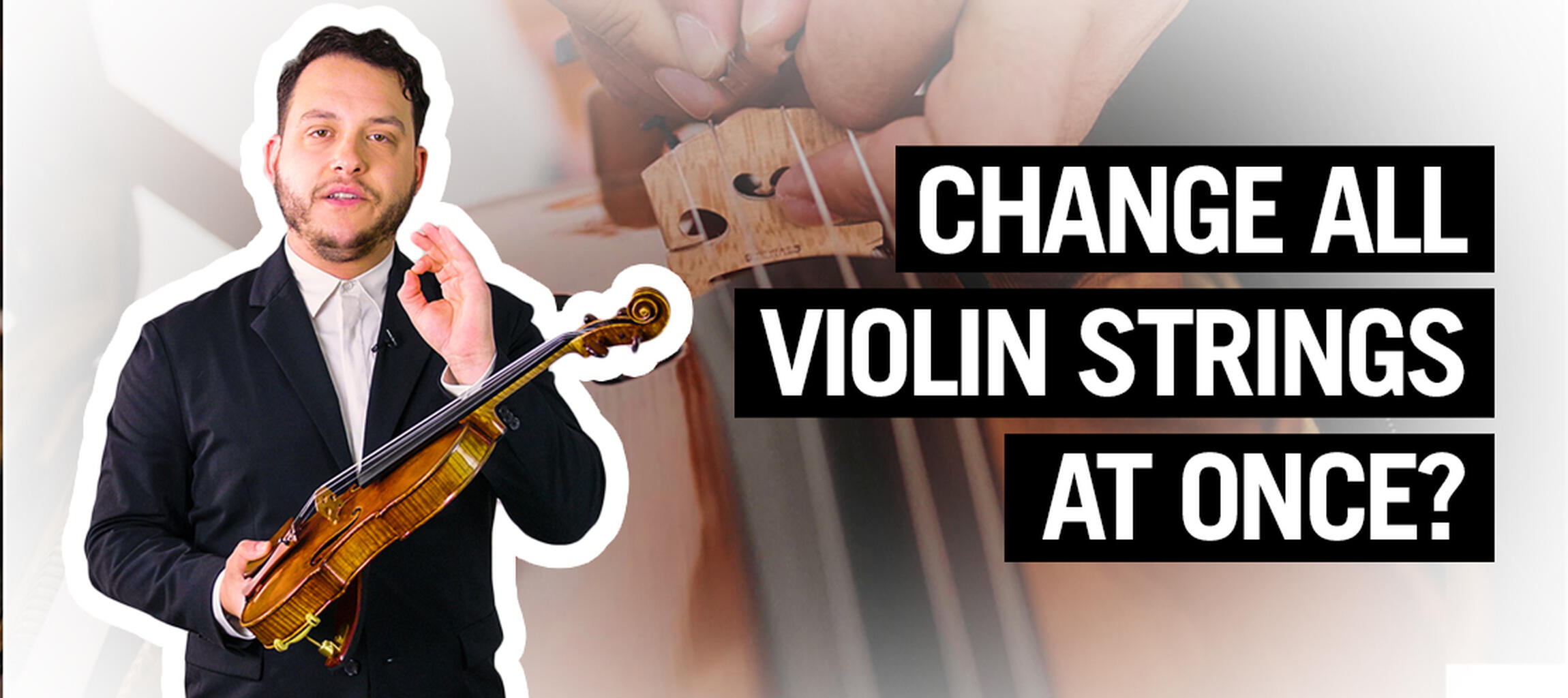Have you spent years mastering the art of string playing but still know little about the ideal way to handle your tools? Are you curious to learn more about the possibilities a high-performance string offers and do you want to optimize your performance in a few simple steps? Stringtelligence offers you an exclusive insight into the science of strings. Find widely unknown tips and tricks of the trade to perfect your sound and elevate your playing to an unexpected level! More than 20,000 words and 19 video tutorials in over 90 chapters: This is string know-how at its best!
Should the entire set be changed at the same time?
In principle, yes. When changing a single string, the instrument sounds better in the short term, and usually brighter. The new “young” string provides many overtones and also passes these on to strings located next to it. Since the “old” neighboring strings no longer produce enough overtones, the new, young string becomes more rapidly overburdened in the production of overtones and very quickly loses its brilliance as a result. The exception to this is the unwound violin E-string. It can be changed at any time as it barely affects the life span of the other strings. The A-string also becomes fresher if a new E-string is fitted since the new E provides brightness to the A.

BACK

 ESPAÑOL
ESPAÑOL